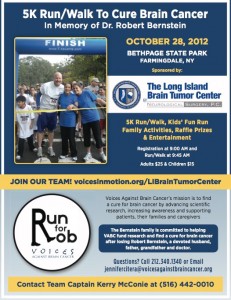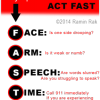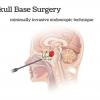Hi all, Dr. Ramin Rak here with another blog post about an advanced method that I use to complete neurosurgery.
I am one of a select few neurosurgeons who have been certified in the use of the CyberKnife System.
The CyberKnife Robotic Radiosurgery System is a treatment for cancerous and non-cancerous tumors located anywhere in the body.
This treatment shoots rays of radiation at the tumor to offer an alternative to invasive surgery. This procedure is the first and only robotic radiosurgery system that is designed to treat tumors without any cutting. It is also preferred by patients because the treatment offers a pain-free, surgery-free method of addressing inoperable or surgically complex tumors.
 I complete the CyberKnife procedure by first imaging the patient’s brain and surrounding area using a high-resolution CT scan.
I complete the CyberKnife procedure by first imaging the patient’s brain and surrounding area using a high-resolution CT scan.
This map of the patient’s head allows me to determine the size, shape, and location of the tumor. This image is then brought into the CyberKnife workstation so that I can begin to plan the treatment. In formulating a plan, I will determine the desired radiation level for the location of the tumor while ensuring that no radiation reaches the surrounding area. Once the treatment plan has been formulated, it is time to prep the patient for surgery.
Once the patient arrives to my facility, he or she will be placed onto the treatment table so that the CyberKnife can be positioned.
The CyberKnife is computer controlled, so the robot will move around the patient’s head to each of the locations where it will deliver radiation. The robot’s image guidance system allows the machine to track and continually adjust treatment while enabling the patient to breathe normally. The length of the session, as well as the number of required sessions, will differ on a case-by-case basis.
Thanks for reading, and let me know if you have any questions about the CyberKnife system.
Dr. Ramin Rak
 I complete the CyberKnife procedure by first imaging the patient’s brain and surrounding area using
I complete the CyberKnife procedure by first imaging the patient’s brain and surrounding area using 



